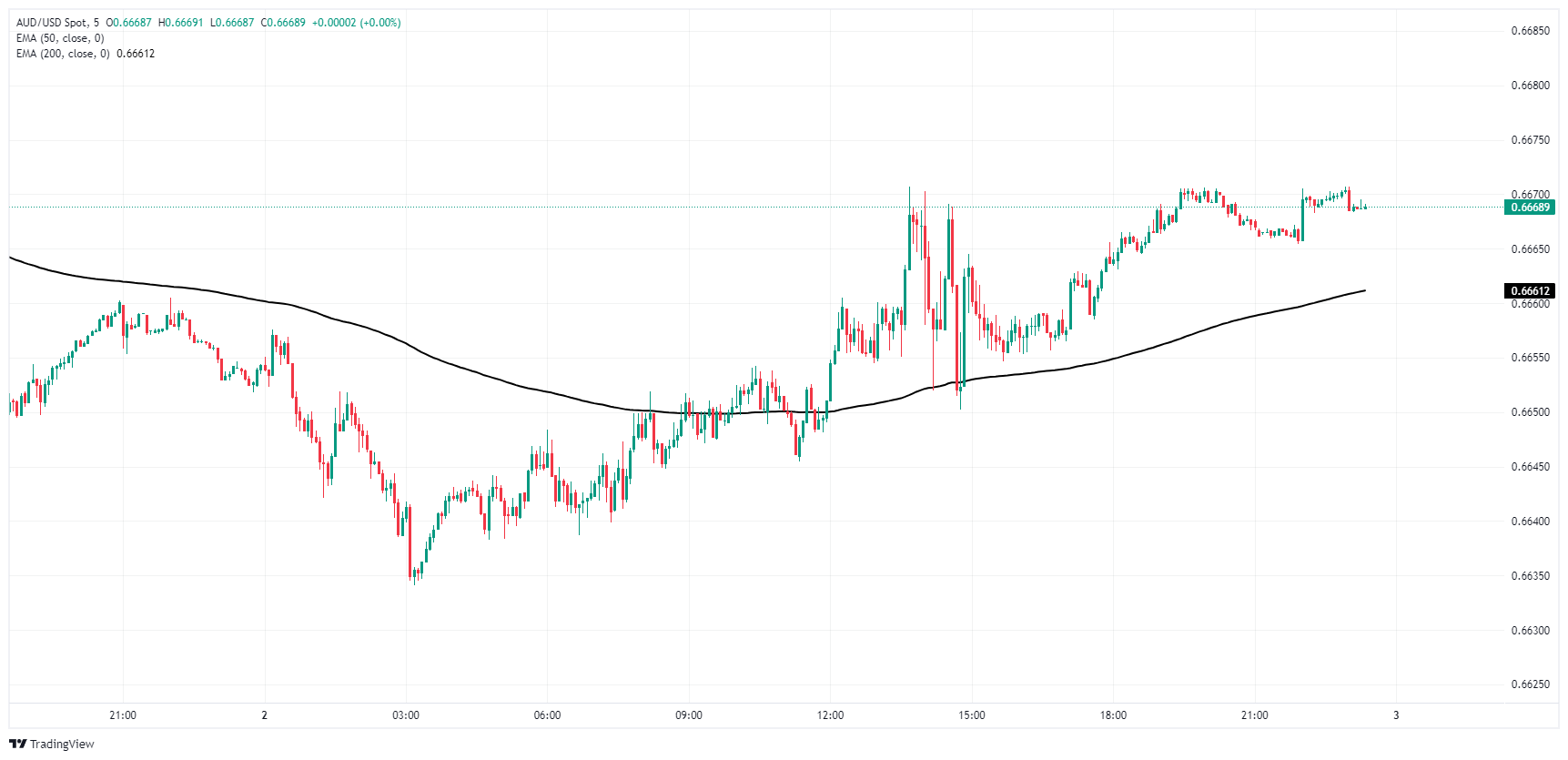Juda Bank Australian Services PMI ticks higher to 51.2 versus previous 51.0

Judo Bank’s Australia Purchasing Managers Index (PMI) figures improved slightly in June, with the Services PMI ticking upwards to 51.2 MoM compared to the previous month’s 51.0, and flaunting the forecast move lower to 50.6.
Judo Bank’s Composite PMI also ticked higher, moving to 50.7 MoM compared to the previous 50.6.
Despite the improved figure, weak spots in Australian business activity outlooks remains muted. As noted by Judo Bank Economist Matthew De Pasquale, “The final composite PMI results for June confirm that the Australian business sector continued to see output expand into the end of the financial year, with the services sector driving this growth. Despite the improvement in margin pressure and the resilience of business activity, business confidence remains soft and fell a little further in the month.”
Economic Indicator
Judo Bank Services PMI
The Services Purchasing Managers Index (PMI), released on a monthly basis by Judo Bank and S&P Global, is a leading indicator gauging business activity in Australia’s services sector. The data is derived from surveys of senior executives at private-sector companies from the services sector. Survey responses reflect the change, if any, in the current month compared to the previous month and can anticipate changing trends in official data series such as Gross Domestic Product (GDP), employment and inflation. A reading above 50 indicates that the services economy is generally expanding, a bullish sign for the Australian Dollar (AUD). Meanwhile, a reading below 50 signals that activity among service providers is generally declining, which is seen as bearish for AUD.
Last release: Tue Jul 02, 2024 23:00
Frequency: Monthly
Actual: 51.2
Consensus: 50.6
Previous: 51
Source: S&P Global
AUD/USD five minute chart
About Australian Judo Bank Services PMI
The Services Purchasing Managers Index (PMI), released on a monthly basis by Judo Bank and S&P Global, is a leading indicator gauging business activity in Australia’s services sector. The data is derived from surveys of senior executives at private-sector companies from the services sector. Survey responses reflect the change, if any, in the current month compared to the previous month and can anticipate changing trends in official data series such as Gross Domestic Product (GDP), employment and inflation. A reading above 50 indicates that the services economy is generally expanding, a bullish sign for the Australian Dollar (AUD). Meanwhile, a reading below 50 signals that activity among service providers is generally declining, which is seen as bearish for AUD.
